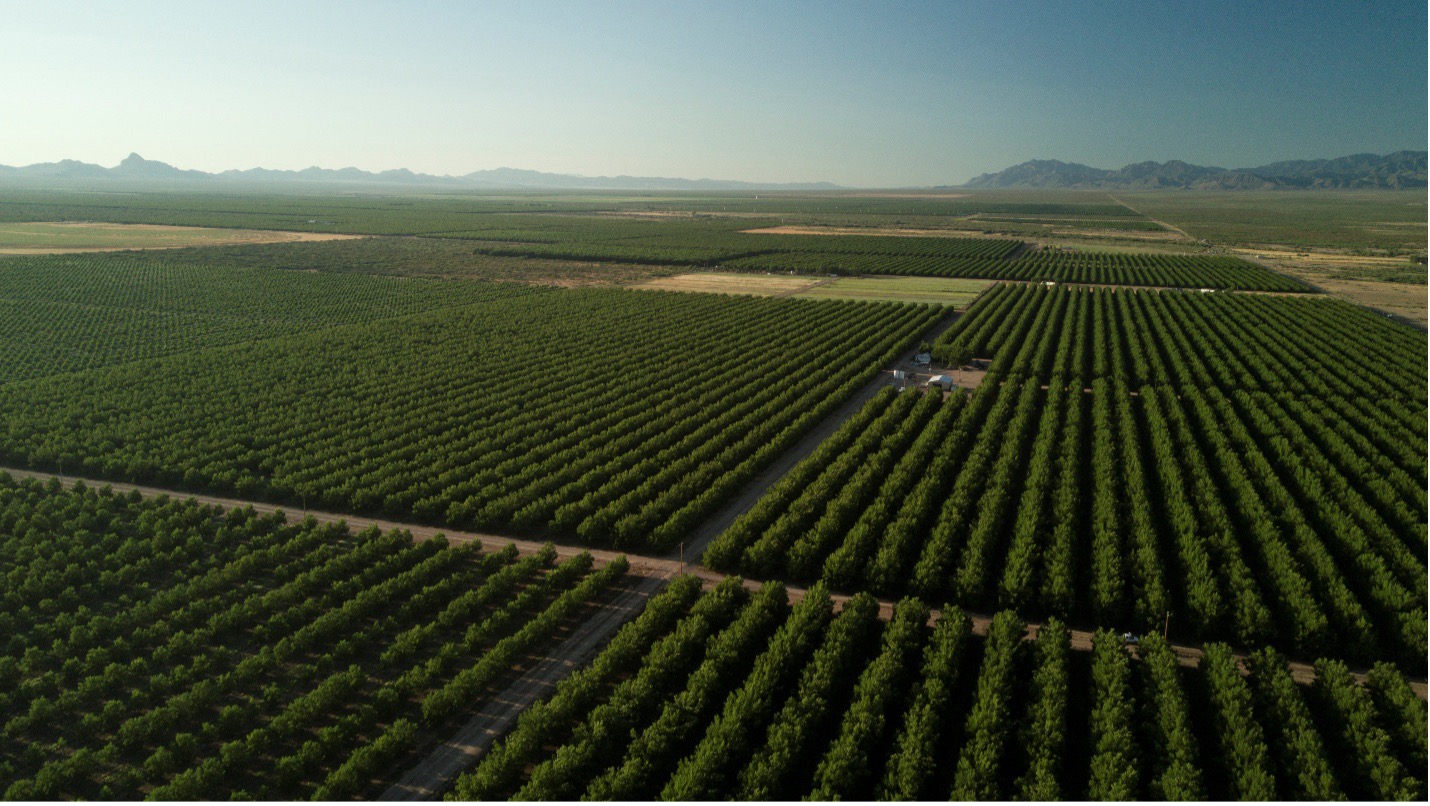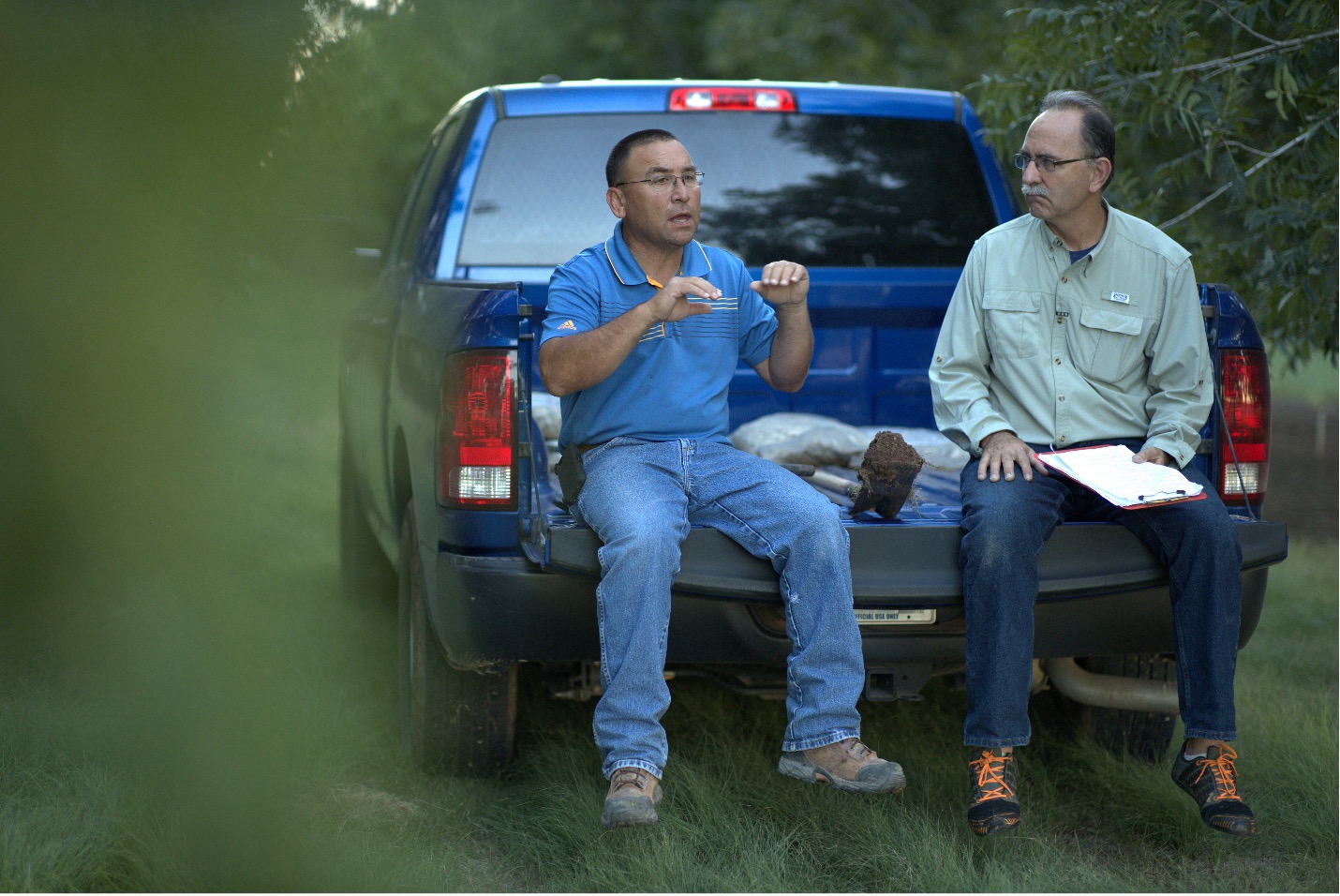Cover Crops in the High Desert: Conserving Moisture Without Extra Irrigation

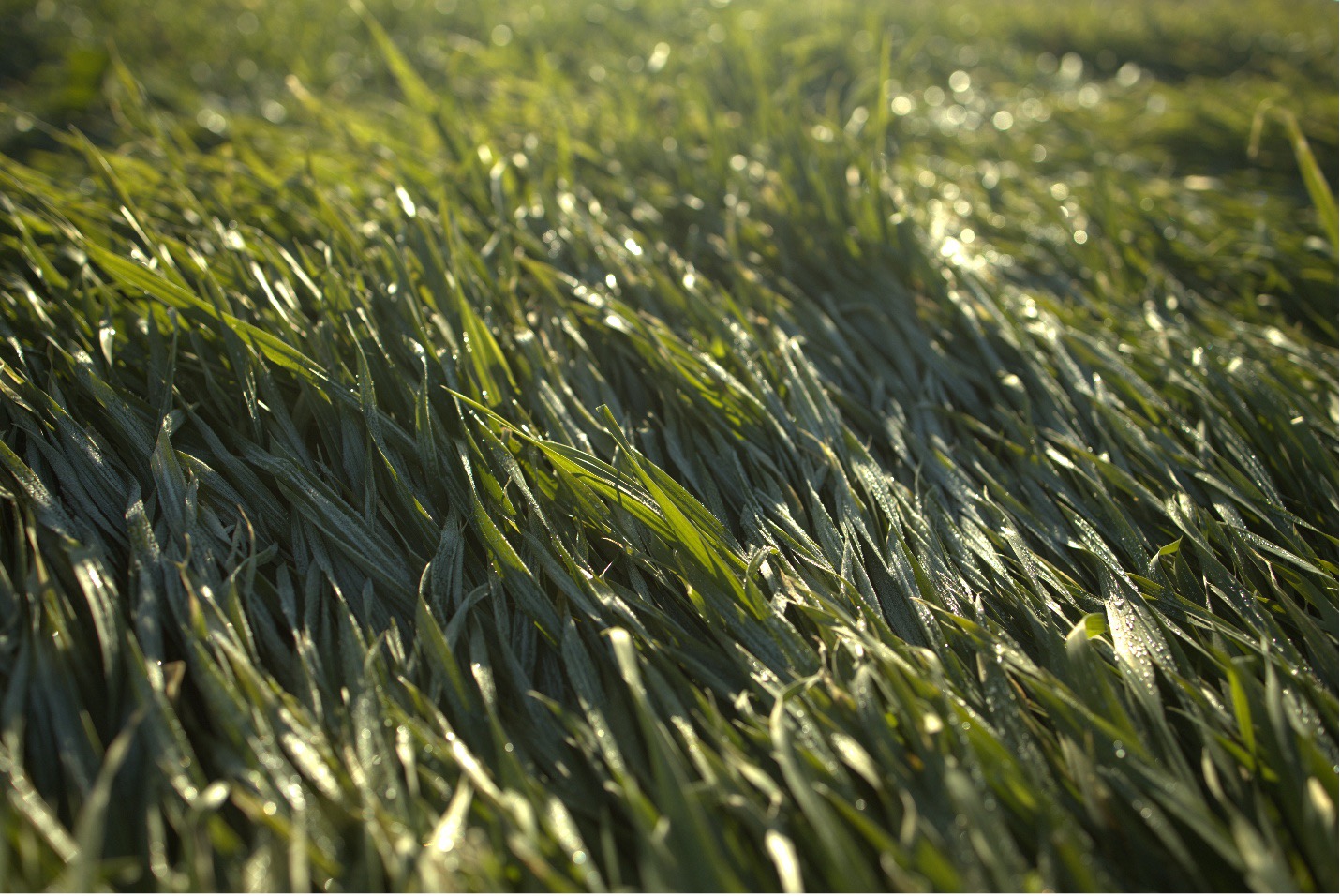
When you farm in a high desert climate, every drop of water matters. With minimal precipitation in the summer and high water demands from crops like corn, alfalfa, and sugar beets, the idea of “extra water” for cover crops can seem unrealistic.
But as Idaho producers are proving, you don’t necessarily need more water, you just need to rethink how you're using the water you already have. In this video from our How to Soil Health series, David Mabey, NRCS District Conservationist for Minidoka County, and farmer Brian Kossman discuss how they’re successfully establishing cover crops in an arid climate, all without increasing irrigation demands.
Their experience sheds light on an important question: Can soil health practices be implemented in water-limited systems? The answer is, yes they can, and they might even improve your water efficiency in the long run.
High Desert Challenges: No Room for Waste
In places where precipitation is rare, traditional thinking has often discouraged cover crops. “A lot of guys say, ‘No, I can’t grow a cover crop because I don’t have any extra water,’” Mabey explained. That’s a fair concern; many cover crops are assumed to require additional inputs, especially moisture, to germinate and thrive. But that assumption doesn’t always hold up in the field.
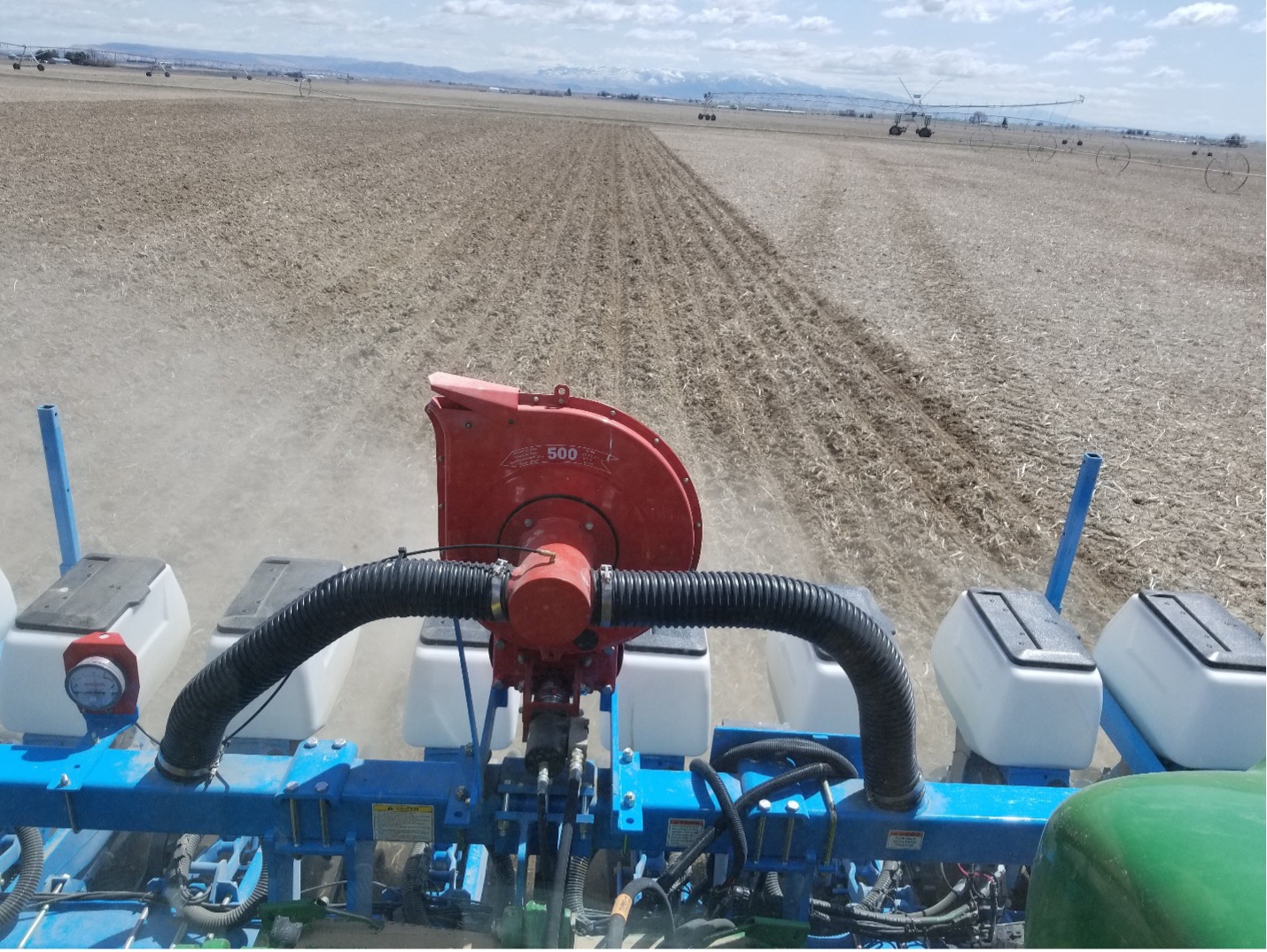
This past season, Idaho grower Brian Kossman decided to test it. After harvesting a cereal grain crop, he planted a mix of cover crop seed into the stubble and ran his irrigation, a watering event that he would’ve done anyway to manage volunteer grain.
One Watering, Double Benefit
“This was just a normal part of our routine,” farmer Brian Kossman said. “We usually do a 24-hour set after harvest to bring up the volunteer grain and then terminate it. This time, we added the cover crop seed and ran that same irrigation. That’s it.”
In effect, the grower got two outcomes from the same input of water: volunteer grain control and a cover crop stand. No additional water. No added operational complexity.
The trial was part of an informal experiment to see how well cover crops could grow on existing irrigation schedules in the region’s arid environment. And while there may still be room for optimization, it proved a critical point: cover crops don’t always need more water, just smarter planning.
Building Soil Health Improves Water Holding Capacity
Perhaps even more important than the short-term benefits is the long game: improved soil structure and water-holding capacity. As Kossman emphasized, “We know that as we improve soil health, our water-holding capacity is going to gain momentum and help us out.”
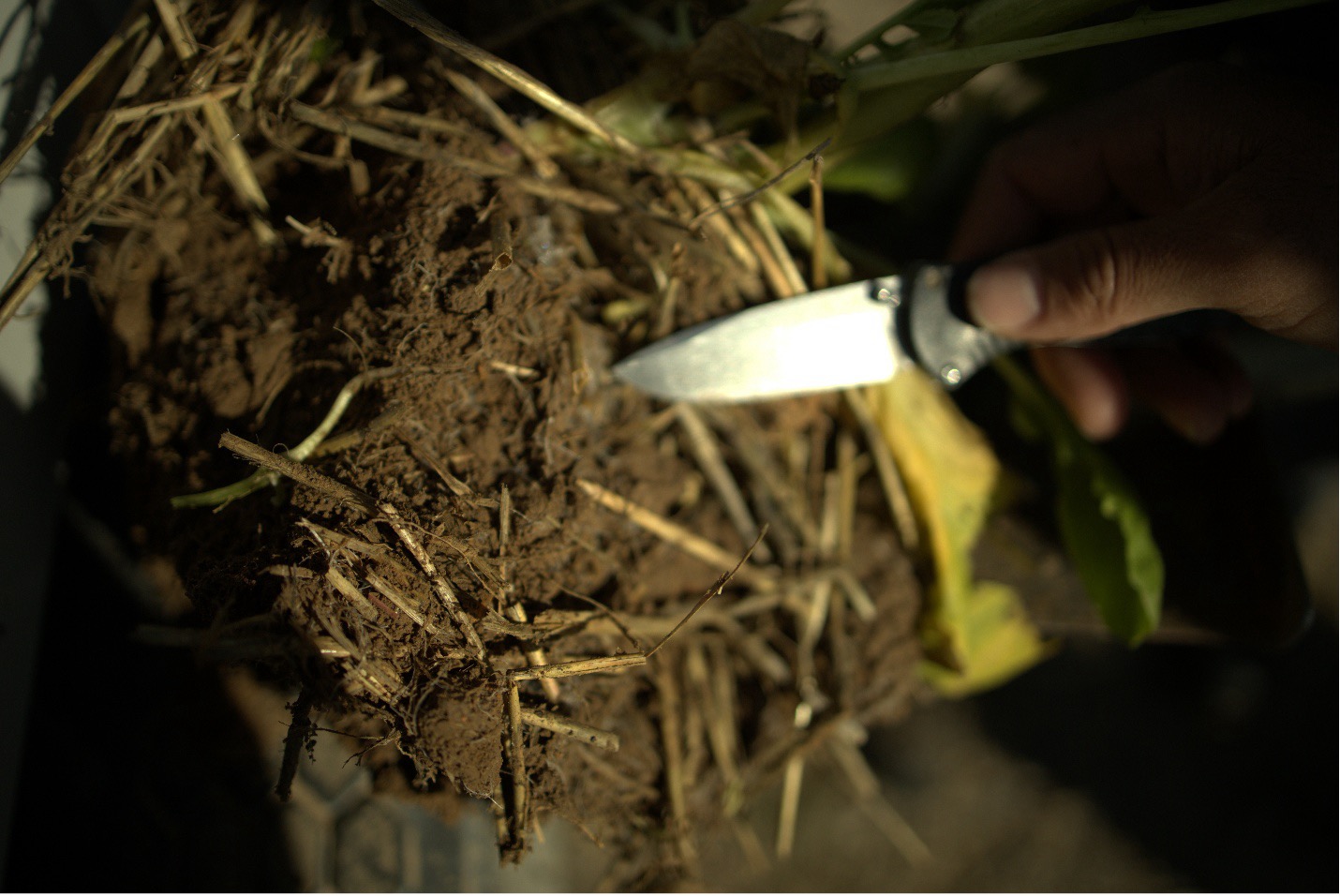
It’s a well-documented benefit of adopting soil health principles: as soil organic matter increases, so does its ability to retain moisture. That means less water lost to evaporation and runoff, and more available to crops during periods of stress.
By keeping living roots in the soil longer and adding plant diversity, cover crops also stimulate biological activity. This leads to improved aggregation, porosity, and a thriving microbial ecosystem that supports better water infiltration and storage.
Rethinking Water as a Limiting Factor
The real insight here is a mindset shift. Instead of asking, “Do I have extra water to grow a cover crop?” growers might consider, “Can I better utilize the water I’m already applying?” In this case, the answer was a clear yes.
Even with just one standard irrigation pass, the cover crop provided tangible soil health benefits. And while adding more water might enhance those benefits, it's not required to start seeing improvements. In fact, minimal-input strategies like this can offer a low-risk, high-reward pathway for dryland or limited-irrigation systems.
It’s also worth noting that cover crops can eventually help conserve water by:
• Reducing evaporation from the soil surface
• Increasing infiltration rates, minimizing runoff
• Improving root zone moisture through better aggregation
• Lowering soil temperatures, which reduces water stress on cash crops
In other words, while water may be tight today, building soil health now is an investment in future resilience.

Practical Tips for Moisture-Limited Cover Cropping
If you’re managing a water-limited system and curious about integrating cover crops, here are a few lessons from this Idaho trial:
1. Use existing irrigation windows. Look for places in your crop rotation where water is already applied, like Kossman’s post-harvest sets, to introduce cover crops without extra inputs.
2. Focus on soil biology. Even a modest cover crop stand can stimulate microbial activity and start building long-term water retention.
3. Think long-term. The benefits grow over time. Each year of improved soil structure makes the next one more efficient.
Reframing the Conversation Around Water
As the conversation around soil health evolves, it’s crucial that water-limited regions aren’t left out. This story from Idaho shows that regenerative agriculture is not reserved for humid climates or regions with ample rainfall. It just takes a different approach. By integrating cover crops into normal irrigation practices and measuring success in both short- and long-term outcomes, growers in arid regions can start to see benefits without the fear of overextending precious water resources.
To hear more from David and Brian, be sure to watch our video on How to Incorporate Covers While Preserving Moisture.




